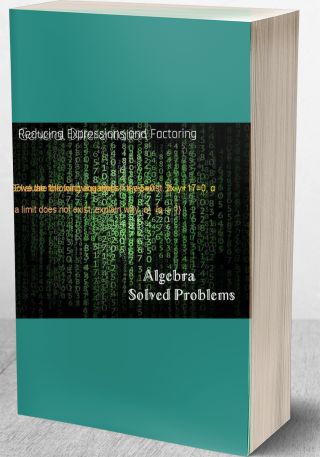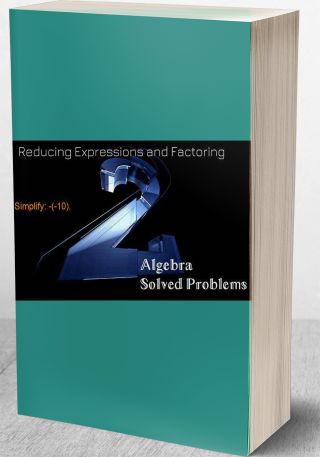On January 4, 2000, the Gallup Organization released the results of a poll dealing with the likeliho
Question: On January 4, 2000, the Gallup Organization released the results of a poll dealing with the likelihood of computer-related Y2K problems and the possibility of terrorist attacks during the New Year's holiday at the turn of the century. The survey results were based on the telephone interviews with a randomly selected national sample of 622 adults, 18 years and older, conducted December 28, 1999.
a) The Gallup found that 61 percent of the respondents believed that one or more terrorist attacks were likely to happen on the New Year's holiday. Based on this finding, calculate 95 percent confidence interval for the proportion of all U.S. adults who believed that one or more terrorist attacks were likely to happen on 2000 New Year's holiday.
b) Based on the interval in part a), is it reasonable to conclude that fewer than two-thirds of all U.S. adults believed that one or more terrorist attacks were likely?
c) In explaining its survey method, Gallup states the following: “For results based on this sample, one can say with 95 percent confidence that the maximum error attributable to sampling and other random effects is plus or minus 4 percentage point.” Explain how your calculations for part a) verify that this statement is true.
Deliverables: Word Document


![[Solved] The world’s smallest mammal is the bumblebee bat, also known as the Kitti’s hog-nosed bat. Such bats #13417 Confidence Intervals](/images/downloads-images/featured/Statistics-question-13416.jpg)




